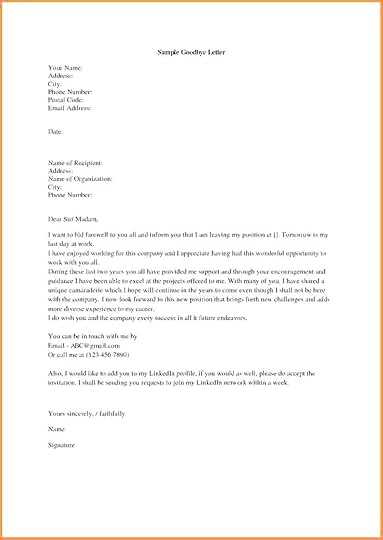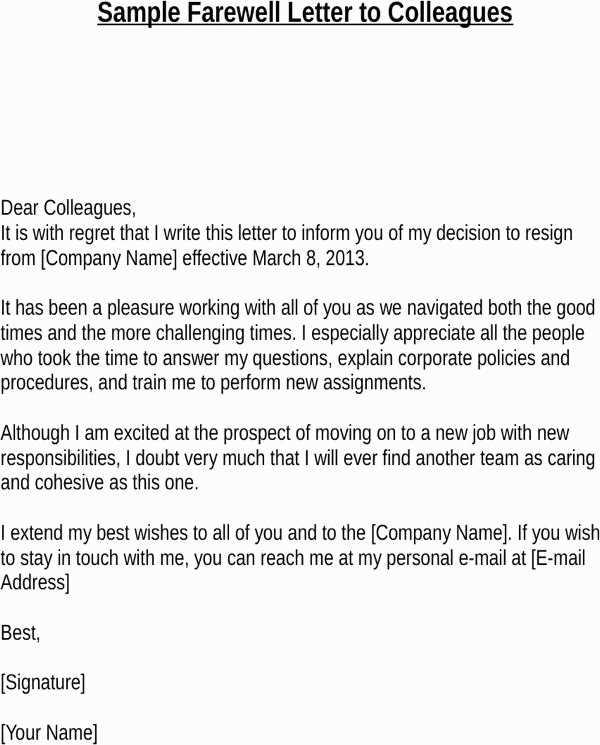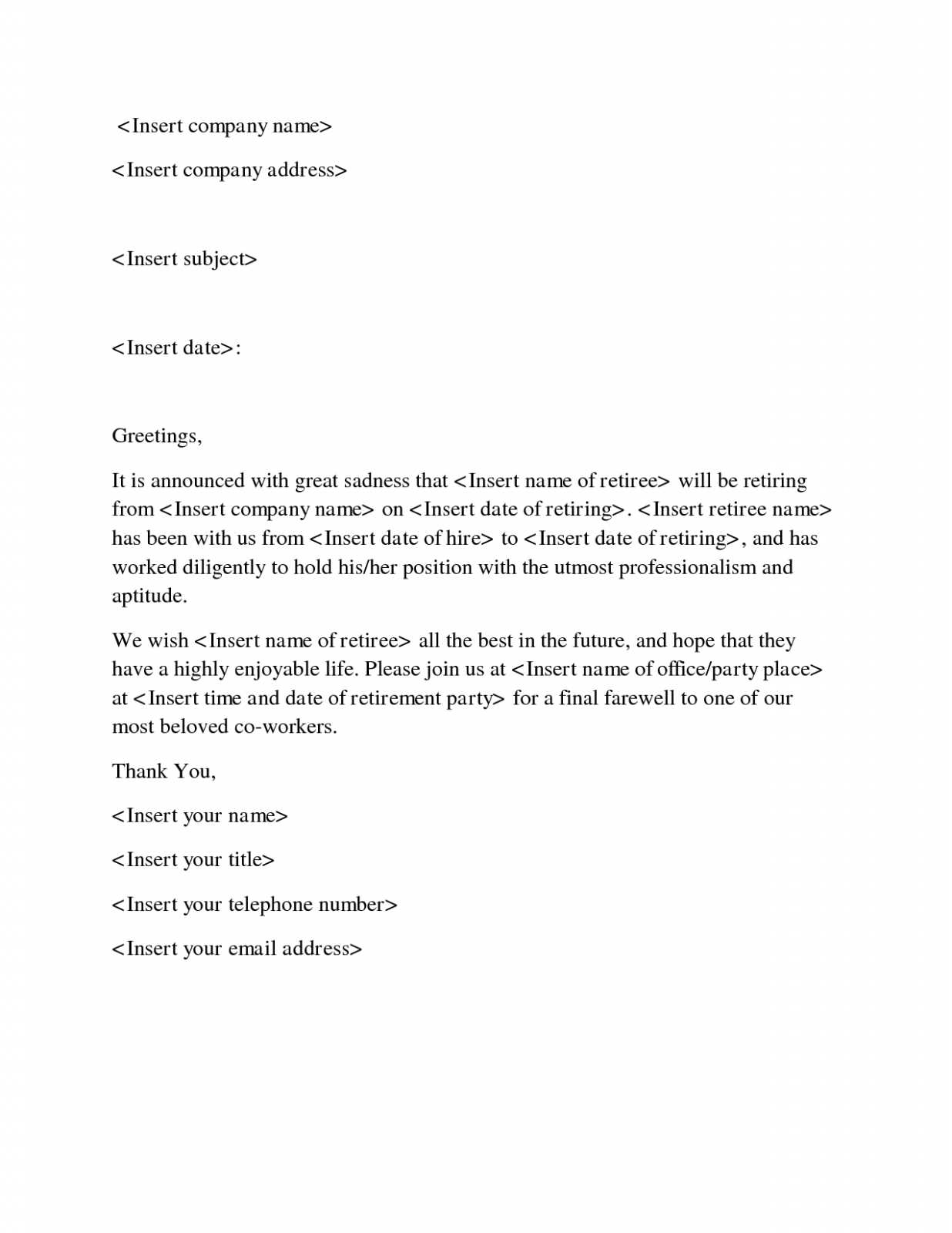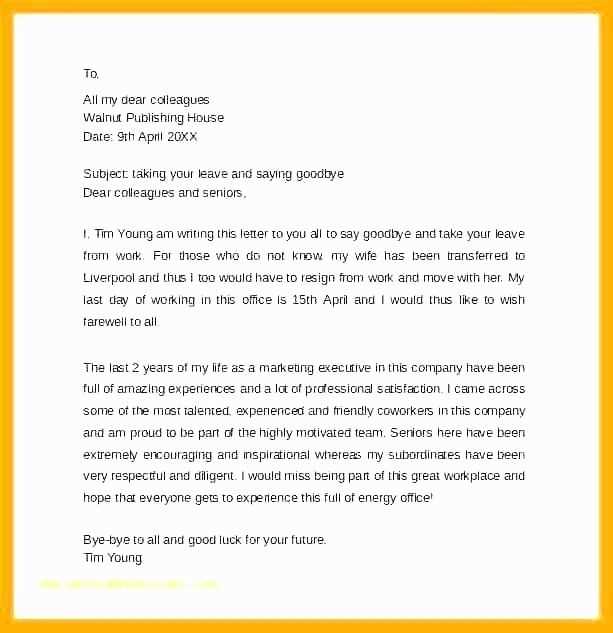Goodbye Letter to Drugs Template for a Fresh Start

Creating a Personal Connection with Your Letter

Steps to Writing a Powerful Farewell
Overcoming Emotional Challenges in Recovery
How a Goodbye Letter Aids Healing
Incorporating Hope and Positive Affirmations
Understanding the Power of Saying Goodbye

Letting go of harmful habits is an essential part of personal growth. It involves recognizing the need for change and embracing the future with hope and strength. The act of acknowledging the end of a destructive path holds significant emotional and psychological value, helping to pave the way for a healthier, more fulfilling life.
When we release what no longer serves us, we create space for new opportunities and a sense of freedom. This process often involves confronting past struggles and finding closure, which can lead to powerful healing and transformation. The emotional release that comes with this decision is a crucial step in breaking free and moving forward.
Why Writing a Goodbye Letter Matters
Expressing one’s emotions and thoughts can be an incredibly powerful tool for healing. By articulating the decision to leave behind harmful influences, individuals take an active role in their own recovery journey. This practice allows for emotional release and provides clarity, making it easier to move forward with a sense of purpose and determination.
Writing down feelings helps to process complex emotions and confront difficult truths. It can bring a sense of closure and emotional relief, empowering the writer to acknowledge their past without being defined by it. Putting these thoughts into words also strengthens the commitment to change, offering a clear marker of progress in the journey toward a healthier life.
How to Start Your Farewell Letter

Beginning the process of leaving behind something that has been a part of your life for a long time can be difficult. It’s important to approach the first words with intention, as they set the tone for the entire reflection. A thoughtful introduction not only captures the emotional weight of the moment but also serves as a declaration of strength and readiness for change.
Opening with Honesty and Clarity
The first few lines should convey your emotions in an authentic and direct manner. It’s vital to acknowledge what you are letting go of and express your feelings about the journey ahead. Be open and honest, as this sets a foundation of sincerity for the rest of the process.
Embracing the Path Forward
Starting with an affirmation of your decision to move on provides a sense of empowerment. This approach demonstrates that you are taking control of your future and are focused on positive transformation. Remember, the first step towards change begins with a clear, resolute statement of your intentions.
Overcoming Guilt and Regret in Letters
Writing can serve as a powerful means of confronting difficult emotions like guilt and regret. These feelings often arise when reflecting on past decisions, and expressing them allows individuals to process these emotions and find ways to release their burden. By acknowledging these feelings, one can begin the journey toward forgiveness and personal growth.
Here are some steps to help address these emotions effectively:
- Identify the source of guilt: Understanding the root cause is the first step in letting go of negative feelings.
- Be honest with yourself: Writing with raw emotion allows for greater clarity and healing.
- Focus on self-forgiveness: Recognize that making mistakes is part of being human and a necessary step in growth.
By confronting these emotions directly in written form, individuals create an opportunity to move beyond the past. This process helps in transforming feelings of regret into actionable steps for positive change, ultimately aiding in the journey toward recovery.
Overcoming Guilt and Regret in Letters
Facing past mistakes can often stir up feelings of guilt and regret. The act of confronting these emotions is crucial in moving forward and finding peace. By reflecting on past actions, individuals can begin to release negative emotions and embrace the possibility of healing.
Writing down feelings of remorse helps transform them into a constructive force. This process not only allows for emotional release but also creates a pathway for personal growth. In doing so, it becomes possible to see beyond past errors and focus on future positive changes.
- Identifying feelings of guilt is the first step toward healing.
- Writing these emotions down allows for a clearer understanding of their impact.
- Releasing regret creates space for growth and self-compassion.
Through this practice, individuals can gradually overcome the weight of negative emotions. Embracing self-forgiveness is essential for breaking free from the past and building a brighter, more hopeful future.
Examples to Inspire Your Own Letter
Finding the right words can be difficult, especially when expressing deep emotions. However, examples of others’ journeys can help guide and inspire your own writing. By reflecting on their experiences, you can better shape your message and find the strength to move forward.
Here are some examples to spark ideas and help you begin your own personal expression:
- “Today marks the beginning of my commitment to a healthier future. I am finally saying farewell to the habits that once controlled my life.”
- “I choose to let go of the past, not as an act of defeat, but as a triumph of self-control and strength. I am ready for a fresh start.”
- “This is my declaration of independence from the struggles that once held me captive. I acknowledge my journey and embrace my new path.”
These examples can serve as a starting point, reminding you that this process is about personal empowerment. Use your unique voice to express the changes you wish to see in your life and the strength to carry them out.
Crafting a Meaningful and Healing Message
Creating a powerful and healing message requires introspection and honesty. It’s a process of putting your emotions into words that reflect both the struggles you’ve faced and the strength you’ve gained. A well-crafted message can serve as a tool for healing, offering clarity and helping to release lingering emotional pain.
Finding the Right Words
Start by focusing on your journey. Think about what you’ve experienced, what you’ve learned, and the changes you wish to make moving forward. Use words that genuinely reflect your feelings, whether it’s expressing regret, gratitude, or hope. This authenticity will make the message more personal and meaningful.
Focusing on Healing and Growth
Ensure your message emphasizes the positive steps you’re taking. Highlight your commitment to personal growth and how the future looks brighter with every step you take toward recovery. Acknowledge your past but keep your eyes focused on the potential of what lies ahead.